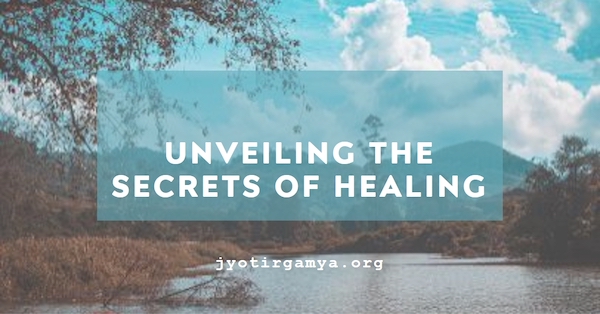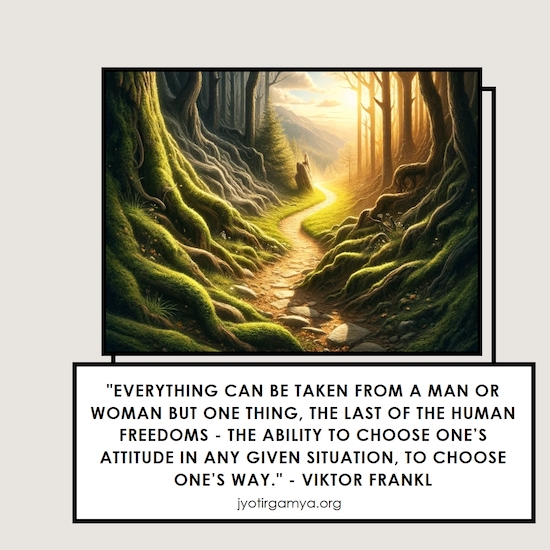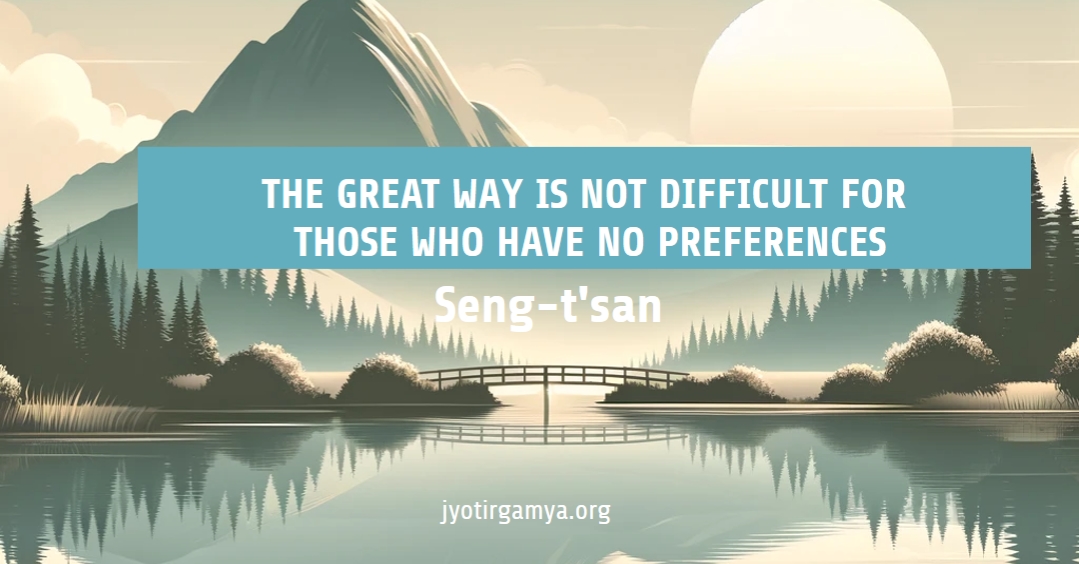Unveiling the Secrets of Healing: A Conversation with Renowned Therapist Mitch Davidowitz
Years ago, while working as a Bereavement Coordinator of Hospice, Mitch met a woman in tears. Her husband had just died. In the first session, she declared, “I am not coming back; I only came this time out of curiosity.”
Leaning forward, Mitch responded, “Perhaps you would like to come next time just out of curiosity?” “Yes, I would like that,” and they worked together for months.
Mitch stresses the importance of therapists connecting with their clients “where they are”(at their current emotional state) rather than imposing expectations. He established a secure environment where this woman’s vulnerability could flourish, acknowledging her doubts and fears. This experience highlighted the importance of respecting clients' defenses to therapy while inviting them to feel safe.

Meet the Interviewee: Mitch Davidowitz
Mitch Davidowitz, a therapist, writer, photographer, and teacher, has 40+ years of experience helping people with life challenges. He’s known for training healthcare professionals in compassionate care for the grieving since 1984.
His research in communicating with the bereaved is recognized worldwide, and he’s spoken at prestigious conferences around the United States. Currently, he practices therapy near Boston, influenced by mindfulness. Additionally, Mitch has been practicing Vipassana meditation since 1974 and studied with renowned teachers.
The journey towards healing is as diverse as the individuals seeking solace. Join us in this captivating Q&A session as we delve into the core principles guiding Mitch’s approach, the nuances of grief, his mindfulness training, the integration of various therapeutic modalities, and the evolving landscape of psychotherapy.

Vulnerability is essential, but there’s no one-size-fits-all approach to therapy. Each client is unique, and you, as a counselor, must be present and adapt to their individual needs, leaving your biases aside. Is that right?
A: Yes, exactly. The counselor must also know their agenda and avoid pushing clients in ways that do not meet their needs. The most important thing is to build a strong connection with where the client is right now. Otherwise, you risk pushing them away.
What core principles guide your approach to therapy and the healing process?
A: The first and most important principle is safety. Everything we do in therapy must be based on creating a safe space. This includes helping clients feel safe in the sessions and their lives. They should feel safe to be vulnerable, express their concerns, and protect themselves from harm.
The second principle is self-love. My work is rooted in recognizing that we need positive feelings and thoughts about ourselves.
Thirdly, everyone deserves to be respected and treated with dignity. This is another core principle guiding my work.
Finally, a quote from Holocaust survivor Viktor Frankl summarizes my orientation quite well: “Everything can be taken from a man or woman but one thing, the last of the human freedoms - the ability to choose one’s attitude in any given situation, to choose one’s way.”
I help people to feel empowered and explore their mindset in any circumstance.
That’s from Man’s Search for Meaning, right?
A: Yes, exactly!

You practice various approaches like cognitive therapy, mindfulness, and more. How do you decide which one to use, and what’s your thought behind it?
A: I don’t follow a specific approach; I meet people where they are. I may use one or a combination of approaches in any therapy session. For instance, I might employ mindfulness if someone is struggling with thoughts. We might work with cognitive behavioral treatment if it’s an anxiety issue. It’s fluid and tailored to the individual’s needs, not a rigid structure.
Does the nature of the problem determine the tool you use?
Yes, exactly. The problem presented and the individual’s needs dictate the approach and tools I use during the therapy session.
Many practitioners specialize in specific modalities, say NLP or hypnotherapy. What advantage do you find in having an integrated approach to therapy?
A: I don’t see the process as one approach being better than another. Some need EMDR to work with historic traumas. There may be a phobia that benefits from hypnotherapy. A body-oriented treatment best serves some issues. Whether it’s NLP or CBT, the priority is looking at what will benefit the client’s specific issue. My integrated approach allows me to see a wide range of clients. However, I may suggest that someone work with a different modality when needed.
Do you prefer the integrated approach or assess each case and decide accordingly?
Each person is assessed based on how their issues impact their functioning or interpersonal relationships. As I mentioned before, I do not come to therapy with a specific approach for all people.
An integrated approach allows you to look at problems from multiple angles, considering various factors contributing to an issue.
Exactly. It’s like changing lenses in a camera to help someone see clearly. This flexibility allows for treating complex dynamics in our work together.
Moving on to grief, what are people’s common misconceptions about it?
A: One major misconception is viewing grief as a sign of weakness. Many people will apologize for expressing it as if they broke a taboo.
Another misconception is the belief that time alone heals all wounds; however, actively working through grief is crucial. People often try to distract those grieving, offering reasons not to be sad, undermining the mourning process.
Additionally, there’s a tendency to bring shame to grief, treating it as if it’s something to be hidden. Lastly, it’s essential to recognize that grief extends beyond the loss of a person; it can include lost hopes, dreams, relationships, or even a sense of identity upon retirement.
Understanding these misconceptions is vital in supporting individuals through their grief journey.
You mentioned a few key points: grief is not a sign of weakness, time doesn’t heal grief, and it’s crucial not to distract others when grieving. Also, always honoring grief is essential. What else needs to be taken into account?
A: Yes, exactly. It’s vital not to burden oneself with unrealistic expectations. This is a common issue. People shouldn’t expect to handle grief better or be over it within a specific time frame. Other losses that have not yet been mourned may show up in a current loss. Taking a history of past losses is essential. Understanding the multiple variables that impact a mourning process is also essential.
But if letting go of unrealistic expectations is essential, how does one cope with ongoing grief? For example, if someone is still grieving a relationship that ended three years ago, what’s the right approach?
A: That’s an excellent question. While most people can work through sorrow and move forward, some may experience grief in dysfunctional ways, leading to depression or difficulty moving on with their lives.
In such cases, a different treatment approach may be necessary, involving medication if grief significantly interferes with their functioning. Nothing has changed for years in the house, such as toiletries in the bathroom, which can indicate some difficulty in the process.
It’s essential to recognize when grief undermines the activities of daily living and seek professional help.
What are the key signs that someone is struggling to cope with grief?
A: Some signs include persistent grieving as if it happened yesterday, especially if it’s been years since the loss. However, the death of a child can create a prolonged sense of grief that is considered normal. Additionally, the circumstances of the loss, such as murder, suicide, or sudden death, can impact the freshness of sorrow. It’s crucial to understand that not all losses are the same, and some may linger for years.
How fresh the sorrow is can indicate the grieving process.
A: Yes, exactly. Also, the ability to talk about the loved one, re-engage in life, and allow oneself to love again are signs of moving forward. The task is learning to develop a “new relationship” with the deceased, allowing for the continuity of love and embracing one’s current life.
How can individuals provide practical support to someone experiencing grief while avoiding harmful statements or actions? Dealing with someone who continuously talks about their grief can become irritating. How should individuals navigate this while being supportive?
A: One significant issue is that people often give little time for grieving. It’s crucial to allow mourners the time they need and not rush them to get back to their regular lives. A compassionate approach involves understanding the griever’s struggle and, if needed, suggesting professional help. To offer genuine support, people around the bereaved should examine their aversions, resistances, judgments, and misconceptions about grief.
Allowing the person to grieve is essential. The discomfort may arise from our intrinsic need to see those around us happy.
A: Yes, exactly. We often need to fix our sorrow, but it’s crucial to learn about grief and understand what is natural and normal. It’s about allowing the mourner to mourn without resistance.
But there should be a balance. How do you balance allowing grief and ensuring the person is connected with reality and productive?
A: Indeed, suggesting with compassion that the person considers seeking professional help is one way to strike that balance. Perhaps you might encourage them to seek a grief support group. If there is some significant concern, then encouraging a conversation with their doctor may also be necessary.
You have an extensive background in Buddhism and mindfulness. How have the teachings of individuals like Jack Cornfield and Joseph Goldstein influenced your counseling practice?
A: Their teachings have helped me understand the nature of my mind and how it creates suffering. Through mindfulness practices, I’ve cultivated calmness and equanimity, allowing me to observe thoughts without being held hostage by them. The emphasis on awareness and compassion has been crucial. My 50 years of mindfulness meditation have allowed me to be more present, non-judgmental, and loving.
A famous quote by Descartes goes, “I think, therefore I am,” wherein he equates the individual with the mind. And that is the root of most problems.
A: We are often wholly identified with our minds. We believe we are every thought that arises. Mindfulness allows us to explore the nature of the mind itself and decide which thoughts to act upon. There is great freedom in this practice.
What role do these leaders’ ideas play in the healing process that you deployed?
A: Due to training with all those teachers, self-compassion was among the most essential. When I was 20 and sitting on a one-month retreat, I was aware that having this mind and body has to suffer in it. From studying with them, I understood not to add more pain. Thus, I do not shame or judge myself. Another aspect is the ability to be very present. Living in the moment is at the heart of our well-being. These teachers taught me how to do that.
Radical acceptance is also crucial. Part of what comes from those teachers is this ability to accept life’s realities, big or small. So, I bought a new coffee pot some months ago, and it fell off the counter and broke into 100 pieces on my kitchen floor. There was no judgment, no shame, no anger. I just picked it up. That is a simple example of being free to accept reality.
While you stress deep radical acceptance, radical acceptance goes hand in hand with surrender. What are your thoughts about it?
A: Radical acceptance and surrender are the same for me. It means surrendering to the actuality or reality of any situation. Surrendering doesn’t mean accepting injustice. If someone speaks disrespectfully or cheats, surrender doesn’t mean accepting that. You do what you need to do to deal with injustice.

The third Zen patriarch of China said, “The great way is not difficult for those who have no preferences,” talking about not struggling with our attachment to something we can’t control.
Surrender is the ability to move to the actuality of what’s happening without resistance.
You mentioned discerning wisdom. How do we balance surrender and acceptance, especially when surrender might not be wise?
A: There are circumstances where we do what we can, whether protesting or changing a situation. If you have a job with an abusive boss, I don’t suggest accepting that. Look for another job. If you cannot get another job, find other ways to protect yourself in that toxic circumstance. It’s about allowing things but not those that harm us.
For example, in grief and loss, if you are grieving, surrendering to reality for some time, you will not be yourself. You will not be who you are, and trying to control your grief is not healthy. Understand deeply with discerning wisdom what you can control and cannot.
How do you balance your various pursuits and passions, such as writing, photography, and psychotherapy?
A: A good photographer understands that you need to compose the picture. A good therapist helps people, including themselves, compose their lives and create balance. I make room for everything in my life. I do some writing in the morning, therapy during the week, and photography on my days off or weekends. Everything is in balance and moderation.
Do you see any intersection between your creative work and your work as a therapist?
A: Absolutely. My creativity as a photographer to see what would be a beautiful picture is brought into my therapy practice to help people with their creativity. It might be in discovering solutions they didn’t think about or composing their life in a way that gives more meaning. Creativity is the heart of my work as a therapist.
In your opinion, what are the obstacles that hinder people from accessing mental health and support services following a loss?
A: The number one obstacle is fear or resistance to seeking help. The second obstacle is difficulty accessing resources, but free counseling services are often available. Fear of vulnerability, dependence, or weakness can also be an obstacle. Unrealistic beliefs and expectations about oneself or therapy are additional challenges.
How can we enhance public awareness regarding the significance of mental health and support for those experiencing grief?
A: Posting mental health guidance on various platforms, social media, podcasts, and interviews can contribute to raising awareness. Personal stories of surviving and seeking help can also be shared on social media to shed light on mental health.
How have you seen psychotherapy evolve over your extensive career, and what trends have come and gone?
A: In the early years, there was a lot of focus on the past, and therapy could involve spending years complaining about one’s past. Nowadays, there is more focus on actionable behaviors and understanding the importance of the present moment. There’s also increased attention to the understanding and treatment of grief and loss, as well as trauma. Additionally, there’s a growing focus on alternative treatments, such as the use of ketamine and psychedelics for mental health.
Parting Thoughts
Mitch emphasizes a personalized, present-focused approach to therapy that prioritizes safety, acceptance, and self-compassion. He encourages open communication about mental health and embraces alternative treatments as needed. His journey reflects the evolution of psychotherapy toward understanding grief, trauma, and the importance of the present moment.
Recommended Read
The Benefits of Mindfulness in Acceptance and Commitment Therapy
The 10X vs. 0.1X Mindset: Balancing Growth and Sustainability for Success
The Way to Will : Expert Tips for Personal Growth and Success
Don’t Stress, Stress : A Therapist’s Perspective
Decoding the Differences: CBT vs. ACT vs. DBT Unveiled
If you think someone would benefit from the article, please do share it with them.
Want to stay connected? Here’s our twitter.
Or subscribe to our monthly newsletter containing tools for body, mind, and goal.